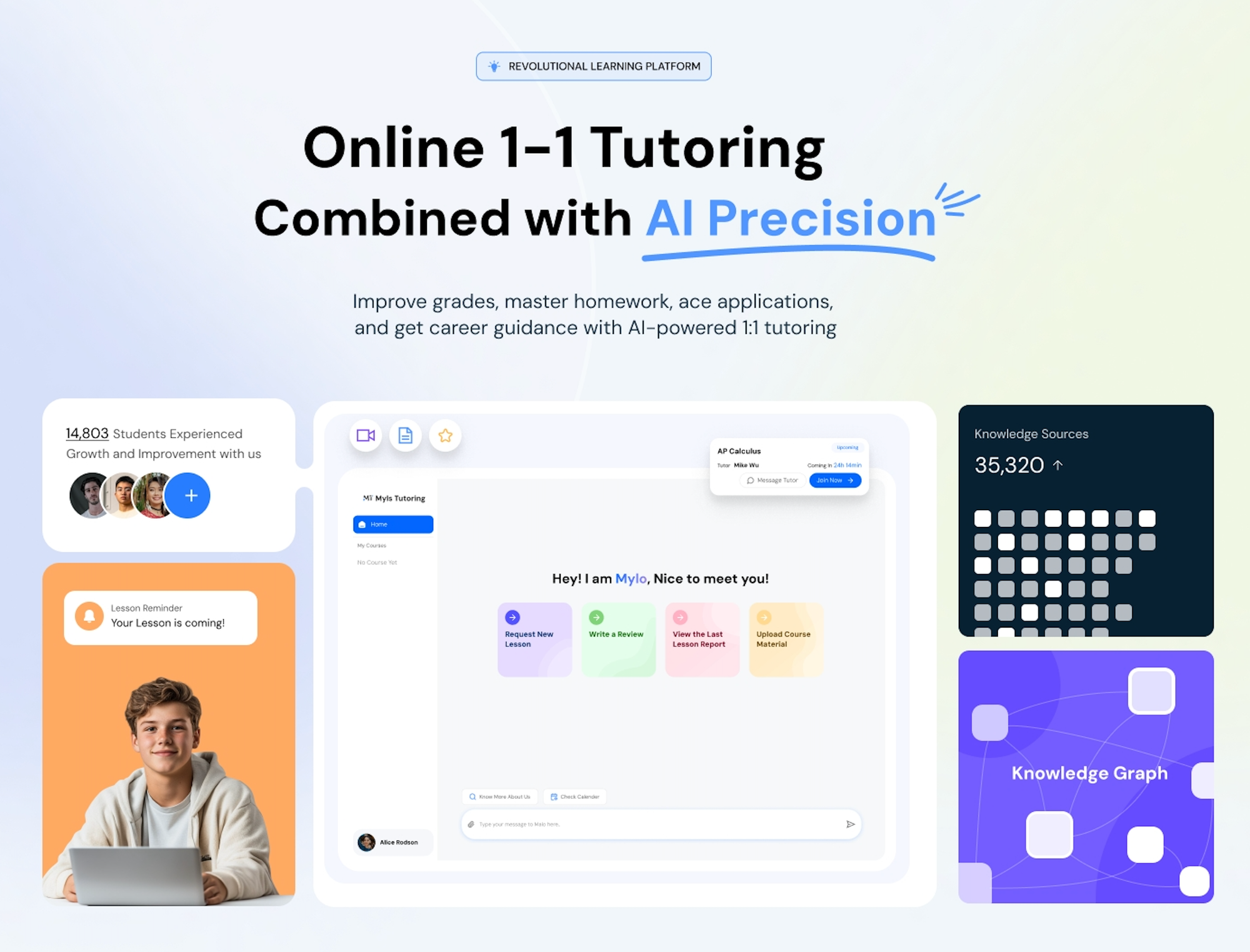The Ultimate Guide to TOEFL Reading: Structure, Speed, and Scoring
Worried about TOEFL Reading? Learn how to tackle complex passages, spot trick questions, and stay on time with this in-depth guide. Discover strategies for every question type—and how Myls Tutoring helps you turn practice into a top TOEFL Reading score.

The TOEFL Reading section is your first task on test day—and it sets the tone for everything that follows. You’ll need to read long academic passages, understand their main ideas, and answer questions quickly and accurately. For many students, it’s a race against time. But with the right strategies, you can turn this section into one of your strongest.
In this guide, we’ll break down the structure of the TOEFL Reading section, explain the key question types, and share expert techniques to help you improve your speed, comprehension, and score.
What to Expect on the TOEFL Reading Section
Section Overview
The TOEFL Reading section is designed to test your ability to read and understand university-level English texts.
- Number of passages: 2 or 3
- Length per passage: ~700 words
- Number of questions per passage: 10
- Total time: 35 minutes for 2 passages or 54 minutes for 3 passages
If you receive 3 passages, you’re in an “experimental section” (used to test new questions). Only 2 passages count toward your score.
You can find official details from ETS here:
🔗 TOEFL Reading Format – ETS.org
Common TOEFL Reading Question Types
Each passage is followed by around 10 questions, covering a variety of skills. Here’s what to expect:
1. Factual Information Questions
Ask for specific details directly stated in the text.
→ “According to paragraph 2, why did the population decline?”
2. Negative Factual Information
Same as above, but you must choose what is not mentioned.
→ Always look for the one false or missing statement.
3. Inference Questions
Test your ability to “read between the lines.”
→ “What can be inferred about the author’s attitude?”
4. Vocabulary in Context
Ask for the meaning of a word based on how it’s used in the passage.
→ Context is everything.
5. Rhetorical Purpose
Ask why the author included a certain detail.
→ “Why does the author mention X?”
6. Sentence Simplification
You choose the sentence that best restates the meaning of a long sentence.
→ Focus on overall meaning—not exact words.
7. Insert Text
You’re shown a paragraph and asked where a new sentence would best fit.
→ Look for logical flow, transitions, and pronoun use.
8. Summary/Prose Organization
Usually the last question. You select the best 2–3 main points or organize ideas logically.
How the TOEFL Reading Is Scored
- Each passage has 10 questions. Each correct answer earns 1 raw point.
- Total raw score is converted to a scaled score out of 30.
- There’s no penalty for wrong answers—guess if unsure!
Score Guide:
- 22–30 = High
- 15–21 = Intermediate
- 0–14 = Low
Proven Strategies for Reading Success
1. Skim Before You Read Questions
Spend 1–2 minutes reading the passage’s structure: intro, main idea of each paragraph, and conclusion. Don’t read every word. Underline names, dates, or transitions.
Tip: Knowing where information is helps you answer factual and insert-text questions faster.
2. Answer Questions in Order—but Watch for Global Questions
Most questions follow the order of the text. But summary or insert-text questions may require a global understanding. Save those for the end.
3. Use the Elimination Method
Wrong answers often include:
- Information from the wrong paragraph
- Distorted or extreme claims
- Correct words but wrong meaning
Cross out anything that’s clearly wrong.
4. Watch Your Time
You have about 18 minutes per passage. Aim to finish each question in 1–1.5 minutes.
Tip: If you're stuck, guess and move on. Every question is worth the same.
Practice Tips That Work
Use Real TOEFL Materials
Avoid generic ESL reading books. Use ETS-authorized resources like:
Build a Reading Routine
Read daily from academic sources like:
- National Geographic
- The Economist
- Science News
- Smithsonian Magazine
Summarize each paragraph in one sentence. This improves comprehension and prepares you for summary questions.
Track Mistakes by Type
Keep a log of incorrect answers by question type. Are you missing inferences? Vocabulary? Text insertion? Focus your review time accordingly.
How Myls Tutoring Can Help You Succeed

TOEFL Reading isn’t just about understanding words—it’s about reading with purpose, under pressure, and with strategy. Myls Tutoring gives you the tools to do just that.
Here’s how we help you master TOEFL Reading:
- Smart Online Tutor Matching: Connect with TOEFL experts who specialize in academic reading and comprehension.
- Initial Diagnostic Assessment: Identify your weakest question types and build a plan around them.
- AI-Powered Knowledge Map: Visualize how your reading performance improves across passages and question categories.
- Shared Reading Drive: Access annotated passages, strategy sheets, and personalized question breakdowns.
- Study Skills Coaching: Learn how to stay focused, manage time, and handle reading fatigue during long exams.
- Flexible Online Learning Platform: Practice with real tests and expert tutors—on your schedule, wherever you are.
📚 Book a trial reading session today and build the strategy you need for TOEFL success.




